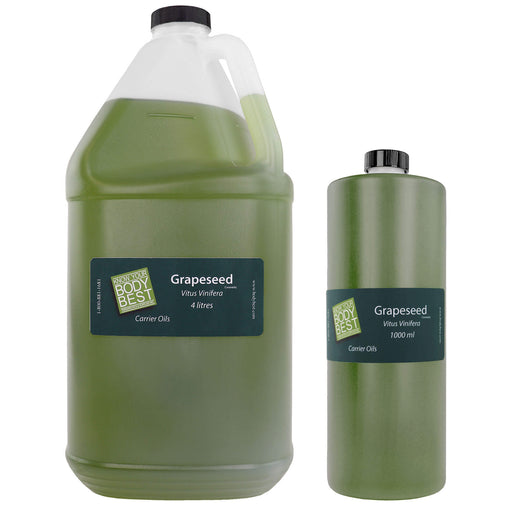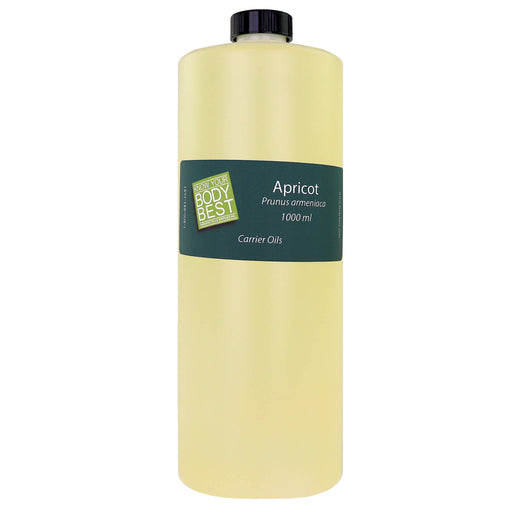over $250.00

Integrating Mindfulness Into Massage Therapy: Enhancing the Healing Experience
Most massage therapists have had those moments during a session where it feels like the client's mind has wandered off on a holiday, leaving their body behind like a checked bag at the airport. While we can work wonders on the physical aspect, there's an added layer of benefit when we help guide clients to be present in their own bodies. That’s where mindfulness steps in.
Mindfulness in a Nutshell
For those of us who hear "mindfulness" and immediately imagine people sitting cross-legged in a zen garden, rest assured—mindfulness can be much simpler. It’s about being fully present, aware of where we are and what we’re doing, without being overly reactive or overwhelmed by what’s happening around us.
In the context of physical therapy, mindfulness enhances the connection between mind and body, helping clients stay attuned to sensations and fostering a greater sense of relaxation. The benefits are twofold: the physical therapy we’re already experts at becomes more effective, and the client gains mental clarity and emotional calm.
Why Integrate Mindfulness?
The modern-day client often comes into our practice with more than just physical tension. The mind is in overdrive—caught between endless to-do lists, social media rabbit holes, and that email they just can’t stop thinking about. Here’s where mindfulness becomes a game-changer. By guiding clients to become more aware of their body during the session, we help them to experience the massage fully, instead of mentally rehashing their grocery list.
Incorporating mindfulness into massage therapy creates a more holistic treatment experience. It's not just about loosening up tight muscles, but also about releasing mental tension, and we all know how closely the two are intertwined. Plus, when a client is more mindful, they’re able to communicate with us better—telling us what feels right, where it hurts, and how we can adjust for optimal results.
How to Integrate Mindfulness Techniques in Your Sessions
Set the Stage
Before you even begin, take a moment to encourage your client to leave their mental baggage at the door. You don’t need to launch into a full mindfulness lecture, but a gentle suggestion can work wonders. Something like, “Take a deep breath and let your mind settle into the experience. Try to notice how your body feels on the table.”
Breath Awareness
One of the easiest ways to keep your client in the moment is through their breath. As you work, gently remind them to focus on slow, deep breathing. This not only relaxes their body but helps engage their parasympathetic nervous system, deepening the benefits of your massage techniques.
Guided Sensory Awareness
As therapists, we know the power of touch, but clients don’t always tune in to what’s happening. Prompt your client to pay attention to the sensation of your hands, the temperature of the room, the texture of the massage lotion, or the tension releasing from a particular area. These small cues can pull them out of their heads and back into their bodies.
Encourage Reflection
At the end of the session, instead of simply asking how they feel, ask more specific, mindfulness-focused questions: “What did you notice during the massage? Were there any areas that felt more tense than you realized?” This not only helps you gain valuable feedback but encourages them to remain present and aware of their body.
Mindfulness for You, Too
Let's not forget—this is a two-way street. As massage therapists, we also benefit from practicing mindfulness during our sessions. It helps us stay attuned to our client's needs, improves our focus, and ultimately makes our work more enjoyable and effective. You know that feeling when you hit the perfect trigger point and feel the client's whole body sigh with relief? Imagine that, but with a mindful awareness of your own.
The Takeaway?
Integrating mindfulness into massage therapy doesn’t require candles, meditation bowls, or chanting (unless that’s your thing!). It’s about guiding clients to become more aware of their own bodies and sensations during treatment. Not only does this enhance the therapeutic outcome, but it also fosters a deeper client-therapist connection, which—let’s face it—is why we do what we do.
So, the next time you have a client who seems lost in thought while you’re working on their shoulders, gently remind them to come back to the present. After all, their mind is the one muscle you can’t massage—but with a little mindfulness, you can help them relax it just the same.
Featured collection
-
Original price $14.99 - Original price $124.99$14.99 - $124.99$14.99
Lowest Price per ml: $36.66
$9.99 - $109.99$9.99 - $109.99Current priceCurrent Price: $29.99
Price Per ml: $29.99
$9.99BodyBest Fractionated Coconut Massage Oil
BodyBestIn stockBenefits of BodyBest Fractionated Coconut Massage Oil Elevate your massage experience with our house-branded Fractionated Coconut Massage Oil, a pr...
View full detailsOriginal price $14.99 - Original price $124.99$14.99 - $124.99$14.99Lowest Price per ml: $36.66
$9.99 - $109.99$9.99 - $109.99Current priceCurrent Price: $29.99
Price Per ml: $29.99
$9.99Save up to 12% -
$0.00 - $0.00$0.00
Lowest Price per ml: $0.06
$14.99 - $59.99$14.99 - $59.99Current priceCurrent Price: $14.99
Price Per ml: $0.14
$14.99Golden Jojoba Oil
BodyBestOut of stockProfessional Golden Jojoba Oil for Clinical & Therapeutic Practice Golden Jojoba Oil is a professional-grade massage and treatment oil formulat...
View full details$0.00 - $0.00$0.00Lowest Price per ml: $0.06
$14.99 - $59.99$14.99 - $59.99Current priceCurrent Price: $14.99
Price Per ml: $0.14
$14.99Sold out -
$0.00 - $0.00$0.00
Lowest Price per ml: $0.03
$11.99 - $29.99$11.99 - $29.99Current priceCurrent Price: $11.99
Price Per ml: $0.04
$11.99Castor Oil
BodyBestIn stockProfessional Castor Oil for Targeted Therapeutic & Wellness Applications Castor Oil is a high-viscosity, professional-grade oil formulated for ...
View full details$0.00 - $0.00$0.00Lowest Price per ml: $0.03
$11.99 - $29.99$11.99 - $29.99Current priceCurrent Price: $11.99
Price Per ml: $0.04
$11.99 -
$0.00 - $0.00$0.00
Lowest Price per ml: $0.02
$29.99 - $99.99$29.99 - $99.99Current priceCurrent Price: $29.99
Price Per ml: $0.02
$29.99Grapeseed Oil
BodyBestOut of stockUses and Benefits of Grape seed Oil Grape seed oil has anti-inflammatory and antimicrobial properties. In addition, the oil is rich in omega chain ...
View full details$0.00 - $0.00$0.00Lowest Price per ml: $0.02
$29.99 - $99.99$29.99 - $99.99Current priceCurrent Price: $29.99
Price Per ml: $0.02
$29.99Sold out -
$0.00 - $0.00$0.00$29.99$29.99 - $29.99Current price$29.99
Apricot Oil Cold Pressed 1L
BodyBestOut of stockProfessional Cold-Pressed Apricot Oil for Massage & Body Treatments Cold-Pressed Apricot Oil is a lightweight, professional-grade massage oil f...
View full details$0.00 - $0.00$0.00$29.99$29.99 - $29.99Current price$29.99Sold out













